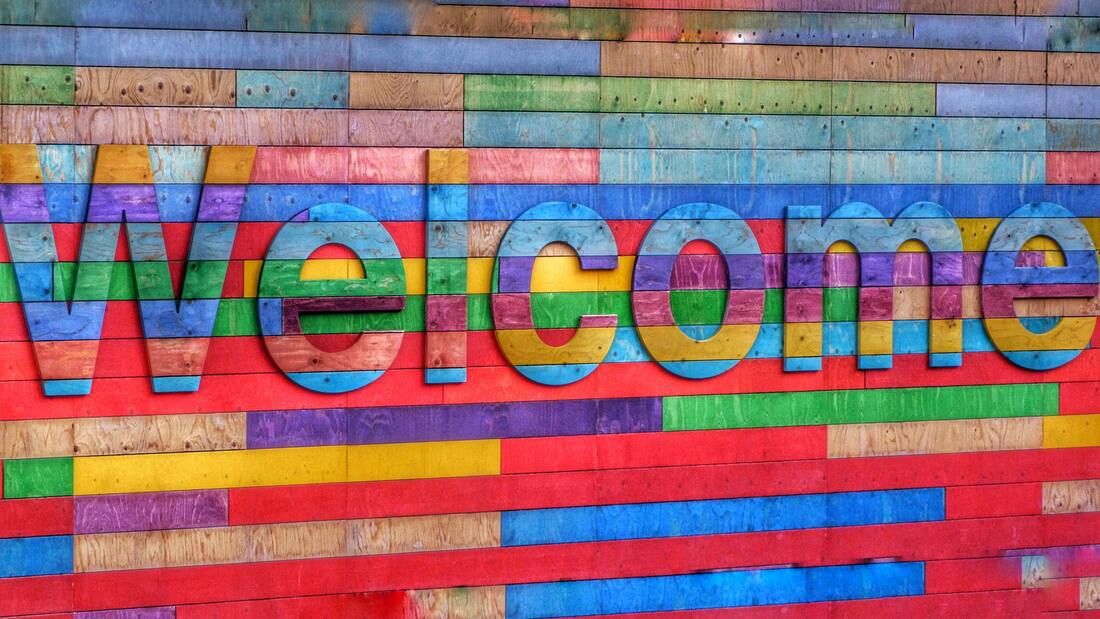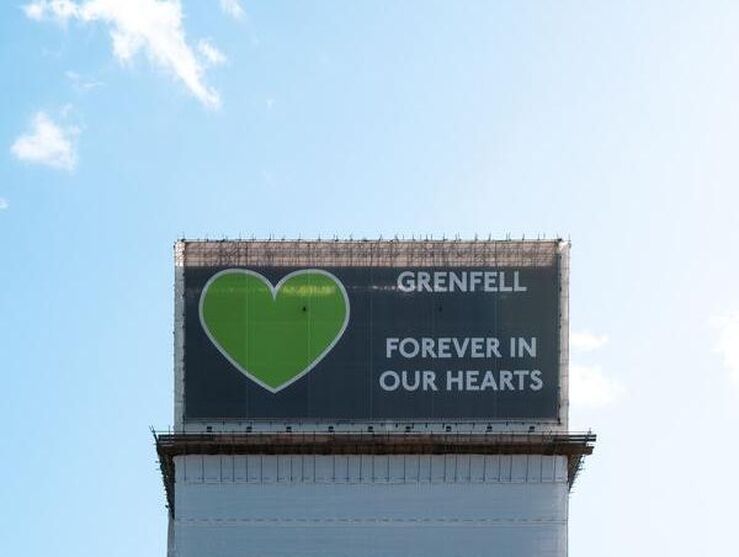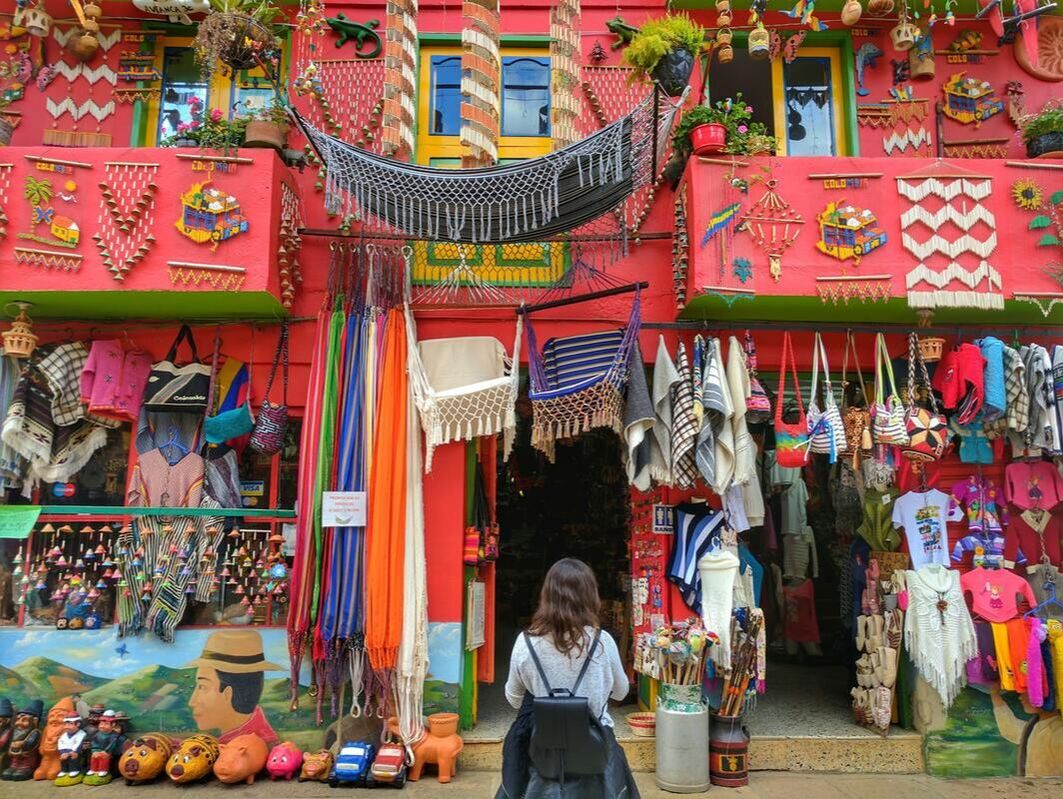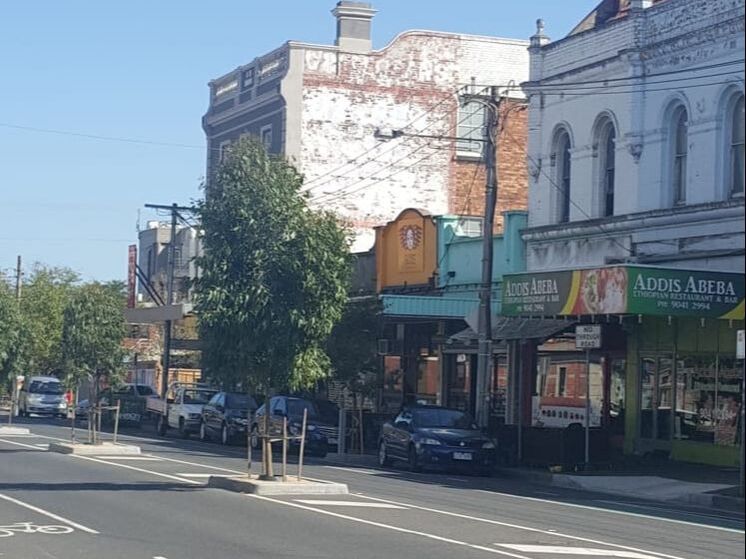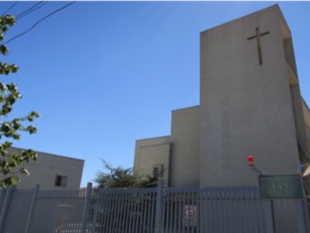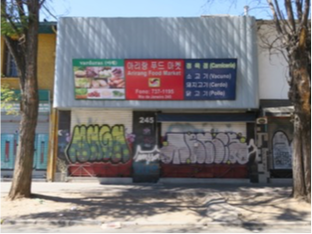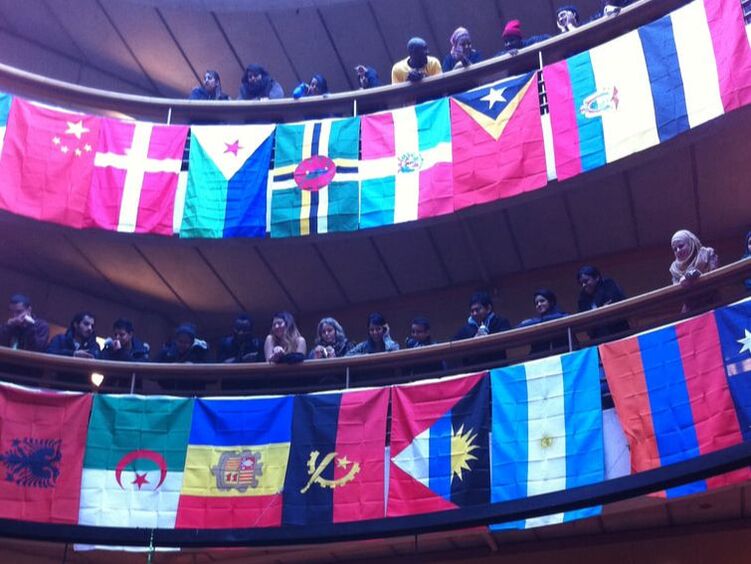|
|
|
Recent UK Home Secretaries have condemned the toppling of a slave trader statue in Bristol, dismissed footballers taking the knee as ‘gesture politics’ and called on police forces to spend less time on diversity and inclusion initiatives. Yet between 2010, when the Conservatives came into power, and 2020, the overall policy framework remained broadly favourable to multiculturalism: accommodations are still made for ethno-religious dress, the BBC has retained its mandate to reflect diversity, and funding is available for ethnic organisations.
With respect to immigration, there has been a closer connection between harsh rhetoric and restrictive measures, exemplified by the multiplication of immigration checks, the end of free movement with the EU, the housing of asylum seekers in inadequate and overcrowded military barracks and the on-going attempt to deport some to Rwanda. At the policy level, therefore, efforts to include racialized citizens seem to have become disconnected from the opening of the country to foreign nationals. Shift the focus from the Government to minority ethnic and anti-racist organisations, however, and the picture starts to look quite different. In September last year the Muslim Council of Britain echoed a report from the Institute of Race Relations denouncing how British Muslims were disproportionately affected by the citizenship deprivation powers reinforced through the Nationality & Borders Act 2022. The Runnymede Trust, a leading race equality think tank, has published a number of blog posts denouncing deportations and asylum-seekers’ woeful living conditions, partly due to the denial of their right to work and access public funds. Similar claims have been raised by Voice4Change, an advocate for the Black and minority ethnic voluntary sector.
On the 14th June 2017, a horrific fire swept through Grenfell Tower in west London, killing 72 people and leaving hundreds more homeless and traumatised. For those of us who witnessed the tragedy unfold, either directly or through media coverage, the images of the burning tower beyond the control of the firefighters will stay with us for a lifetime.
Situated within the wealthy borough of Kensington and Chelsea, with a 71% white demographic, the 24-storey tower block was home to mainly social housing tenants of many ethnicities and backgrounds. Much has been written about how social marginalisation had created a hostile and dangerous environment for residents of the tower. In the years preceding the fire, they were treated as expendable against the forces of gentrification, de-regulation and cuts, and their voiced concerns about the loss of green areas and fire safety in Grenfell Tower were repeatedly ignored. In 2019, the Grenfell Tower Inquiry Report determined that the speed with which the fire spread was due to the combustibility of the substandard exterior cladding, an addition made largely to enhance the tower’s appearance to surrounding neighbourhoods.
In the wake of Colombia’s national branding as a pluri-ethnic nation, on the one hand, and of Black and Indigenous social movements denouncing racism, ethno-racial inequality, systemic necropolitics (Mbembe, 2003; Alves, 2014) and social injustice, on the other hand, Bogotá’s municipal ‘multicultural turn’ in the 2010s seemed a precious opportunity to partly reconcile the ambivalent reality of Colombia’s multiculturalism, torn as it is between the pluri-ethnic reality of its social constituencies and the simultaneous inclusion (often as commodification) and exclusion (racialisation) of its ethnic minorities.
In particular, the latest POT (Plan de Ordenamiento Territorial, or Land Use Planning) — that determines urban growth in Bogotá for a span of at least 15 years — and its first Ethnic Focus (or Ethnic Approach; Enfoque Étnico Diferencial, in Spanish) in the late 2010s, could have been an opportunity to develop an understanding of urban dynamics informed by ‘race’ and racism, whereby patterns of racialisation and antiblackness in the space of the city could be finally and formally acknowledged by the public administration and Colombian urban professionals (planners, architects, land economists, geographers, urban sociologists, etc.) — for the majority of whom urban inequality has long been conceived as a socioeconomic matter devoid of any racial inflection. However, as elsewhere in Latin America, the municipal ‘multicultural turn’ in Bogotá largely missed that opportunity. In my Identities article, ‘The governmentality of multiculturalism: from national pluri-ethnicity to urban cosmopolitanism in Bogotá’, I detail the ambiguities inherent to Colombia’s pluri-ethnic turn at the urban scale, from a situated perspective on its capital city, Bogotá: inclusive and plural in its narrative and for which concerns the extraction of value from ‘ethnic presence’ in the city, but exclusive and tailored at regulating (constraining) ‘diversity’ through its policies and planning practices.
The places in which people contest and negotiate cultural diversity are themselves meaningful. Places hold cultures, histories and memories, and shape people’s interactions. A suburb of a city is one such place.
In our Identities article, ‘Making a place in Footscray: everyday multiculturalism, ethnic hubs and segmented geography’, we explore the meaning and experiences of cultural diversity in Footscray, a suburb of Melbourne, Australia. We interviewed both residents of Footscray and others who had close connections to the suburb about their everyday experiences in the suburb, particularly around cultural diversity. Footscray is culturally diverse, both in terms of the number of people born outside of Australia and the range of nations from which people have migrated. While racism and racialisation form part of the dynamics of the suburb, Footscray, on the whole, is a place in which people embrace cultural diversity, and everyday diversity has come to be a defining feature of the suburb.
Patronato is a well-known commercial neighbourhood in Santiago, Chile with a tradition of migrants’ settlement and entrepreneurship that dates back to the nineteenth century. Today, the area is branded as a textile and vibrant ‘multicultural commercial neighbourhood’, as read in several street signs. Traders and workers’ ancestries include Chilean, Korean, Chinese, Indian, Peruvian, Palestinian, Syrian, Haitian, Colombia and Venezuelan, among many others. Yet, despite its growing diversity, Patronato is often described (in the media, films and popular narratives) as a Palestinian-Korean neighbourhood.
In our Identities article, ‘Contested and interdependent appropriation of space in a multicultural commercial neighbourhood of Santiago, Chile’, we analyse memories, images and uses of space by entrepreneurs of Korean and Palestinian ancestry, as well as their competing and reciprocal appropriation of space. Through processes of social production and construction of space (Low 2017), we examine their experiences of making, inhabiting and appropriating space, in relation to the transformations of the political economy.
Canada and the United States are touted as multicultural societies, both formally through multiculturalism policies and informally through cultural narratives and metaphors such as the 'melting pot.' Still, these policies, narratives and metaphors can actually mask persistent inequalities that immigrant populations must navigate through, even for populations that already appear well-equipped to adapt to the host culture.
This is the case for Filipina/os. In my Identities article, 'The centrality of neoliberalism in Filipina/o perceptions of multiculturalism in Canada and the United States', Filipina/o university students in Toronto and Los Angeles discuss their views regarding ethnic identity maintenance and inclusion in their respective environments. The results were a bit counter-intuitive. |
|
Explore Identities at tandfonline.com/GIDE |
|
The views and opinions expressed on The Identities Blog are solely those of the original blog post authors, and not of the journal, Taylor & Francis Group or the University of Glasgow.
